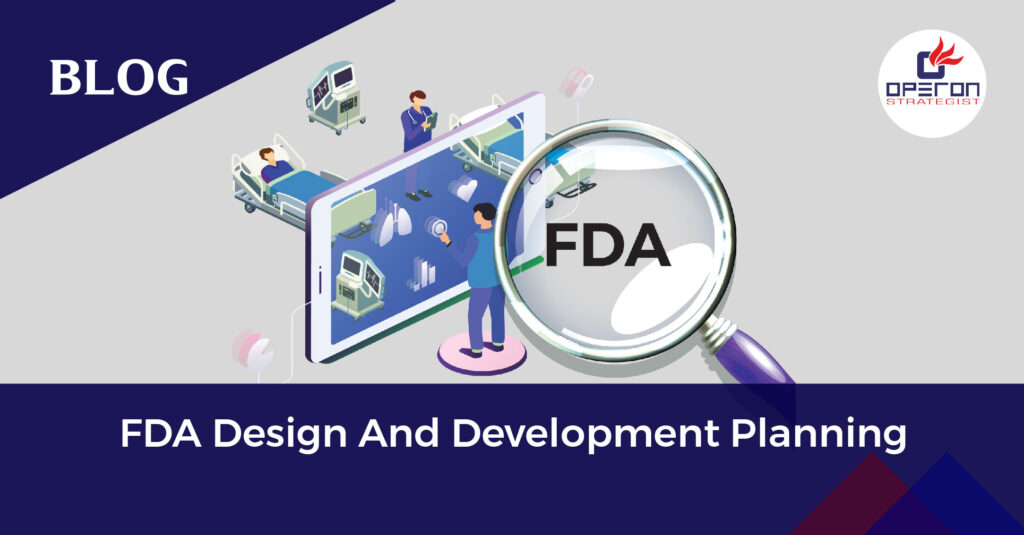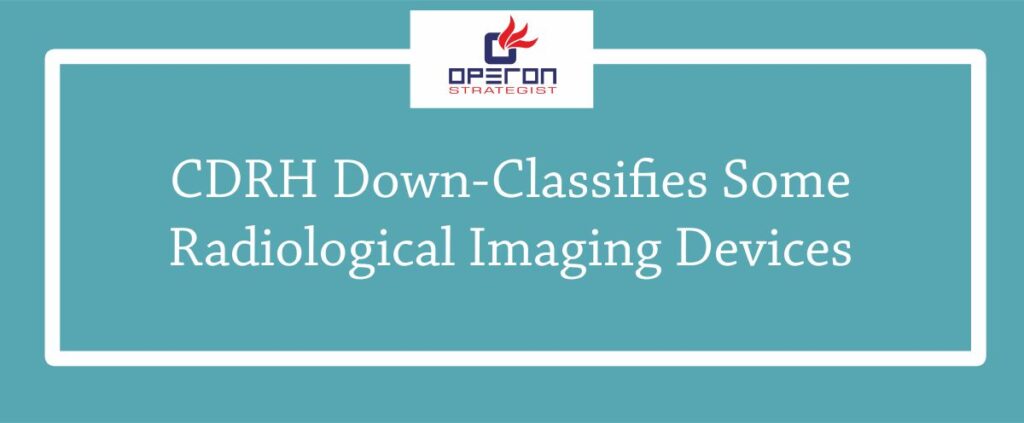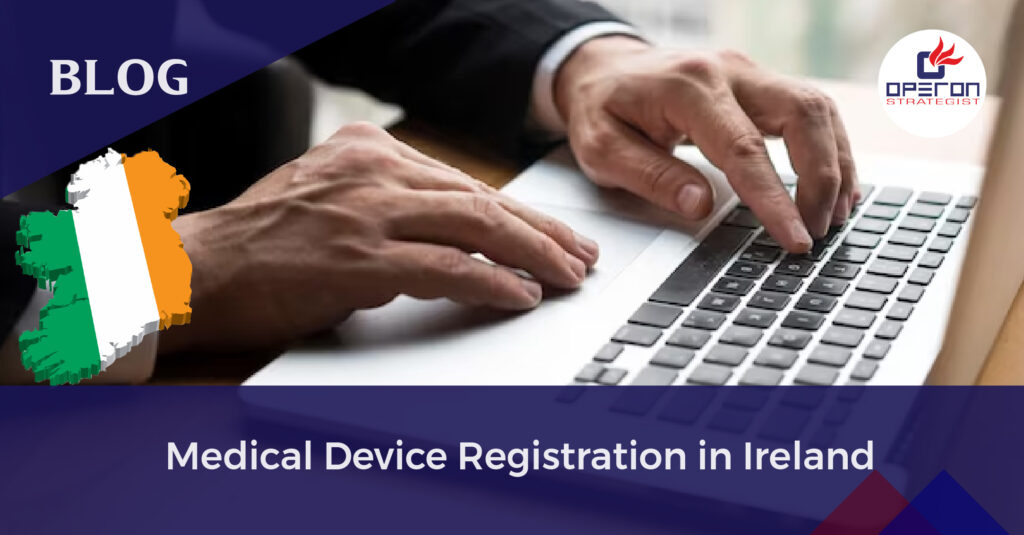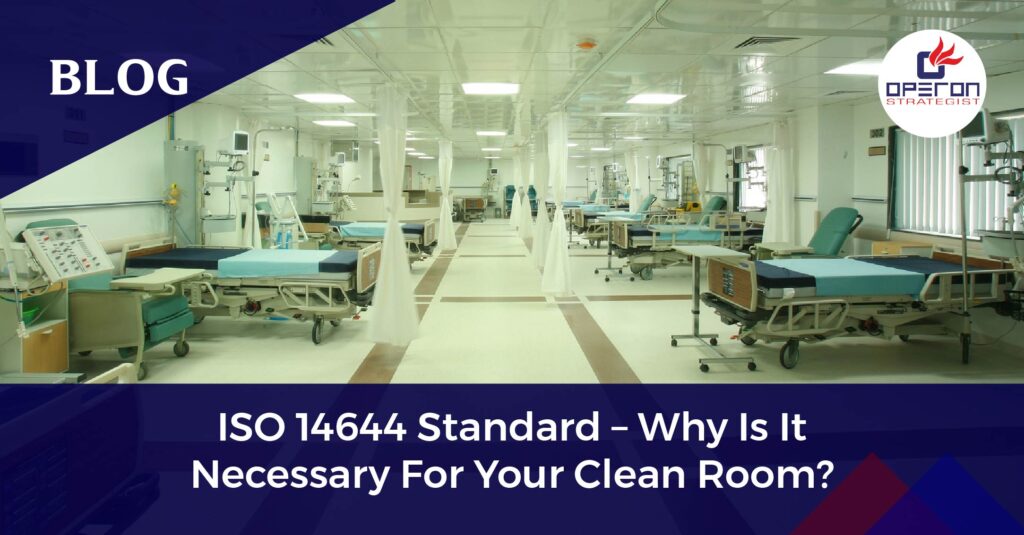FDA Design And Development Planning is to ensure that good quality assurance practices are used for the design of medical devices and that they are consistent with quality system requirements worldwide, the Food and Drug Administration revised the Current Good Manufacturing Practice (CGMP) requirements by incorporating them into the Quality System Regulation, 21 CFR Part 820.
We work as 21CFR820.30 design control requirement consultants and have extensive experience with the practical implementation of design control regulations for making improvements to the existing processes. An important component of the revision is the addition of design controls.
One of the major causes of medical device recalls is the lack of design control as identified by the FDA [3,3a]. The pre-production controls were then added to the device GMP regulations. FDA Design And Development Planning is an interrelated set of practices and procedures that are incorporated into the design and development process, i.e., a system of checks and balances.
Looking For Consultants?
Let’s have a word about your project
FDA 510 k Clearance & Premarket Approval for Medical Device
FDA Design And Development Planning increases the likelihood that the design transferred to production will translate into a device that is appropriate for its intended use. FDA Design And Development Planning of a medical device is the most crucial phase for its success. A loosely-defined and designed medical device cannot comply with the regulatory needs and make it to market. Or just in case, even if it passes the compliance, it will fail to deliver the defined functionality and benefits, according to the market needs and suffer from lesser market adoption compared to well-designed products.
Spending hours with medical device developers and studying multiple Medical device projects, including allergic drug vending machine, software controlled insulin pump, endoscopy device miniaturization and much more; now understand that medical device FDA Design & Development Planning is more than just conceptualizing a solution, developing a prototype and mass manufacturing to sell.
It takes a significant amount of effort to deliver the right healthcare solution that meets customer demands. A right healthcare solution demands everybody staying on the same page, with strong scope definition from end user’s need, collaborative efforts across the team, adherence to specification and requirements extracted from product definition, simultaneously mitigating risks and sticking to the best possible quality.
FDA Design And Development Planning:
This stage includes a description for all of the Medical Device Design Control, from the initial project plan and user needs, all the way to product market launch. It includes tasks descriptions, team members, external vendors or collaborators, and their responsibilities.
This plan is essential and serves as a roadmap and project management tool, so it is constantly updated to include any plan changes throughout the whole medical device development cycle.
FDA Design And Development Planning Input
Medical FDA Design And Development Planning Input includes the features, requirements and performance criteria of a medical device. This stage is very important as the better the design inputs are, the more effective and efficient the medical device will turn out to be.
For this reason, medical device developers should define clear, measurable, and objective Design Inputs that aid medical device development down the line. Sources for Design Inputs can be:
- User needs (also known as customer attributes)
- Industry standards and manufacturing capabilities or limitations
- Rules and regulations
- Competitive products features
Factors that may influence the medical device’s design control input can be:
- The device complexity, whether it includes software, mechanical, electrical, or other subsystems
- The criticality of the medical device’s application and the degree of specialized requirements pertaining to its use case (eg medical devices used in plain skin contact vs devices for surgical use)
Design output derives from Design Input and lays out every necessary detail for manufacturing the medical device. The finished design output in its totality consists of:
- Engineering drawings
- Device specifications
- Required construction materials, components, and sub-assemblies
- Processing and assembly instructions and processes
- Device packaging and labeling
FDA Design And Development Planning also includes medical device design control evaluation of conformance assessments. These are the Design Verification, that confirms design output meets design input requirements, and Design Validation, which ensures medical device conformity to its intended use and to the user’s needs. As medical device regulatory consultant we provide regulatory guidance to manufacturer in this industry.

-
Operon Strategisthttps://operonstrategist.com/author/snehal/
-
Operon Strategisthttps://operonstrategist.com/author/snehal/
-
Operon Strategisthttps://operonstrategist.com/author/snehal/
-
Operon Strategisthttps://operonstrategist.com/author/snehal/




